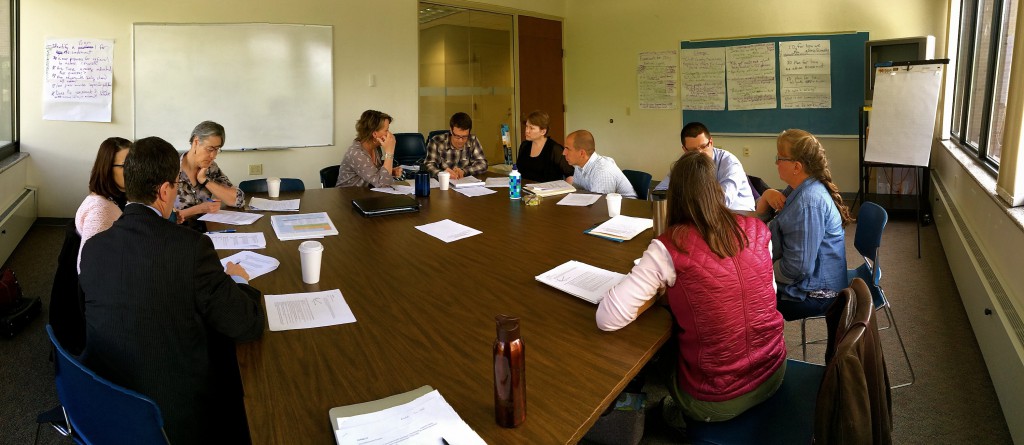By Christa Myers, June 04 2015
In January we announced that five Reclaiming Futures sites were chosen to implement an innovative adaptation of Screening, Brief Intervention, and Referral to Treatment (SBIRT) for adolescents. Each of the five pilot sites will serve at least 100 youth over the course of three years, targeting youth who show mild to moderate levels of substance use—a population that doesn’t often qualify for or seek treatment, but who are at high risk for developing worse substance abuse problems down the road.
Two of those sites are brand new sites implementing the Reclaiming Futures model for the first time, including Chittenden County, Vermont, bringing the total national cohort of Reclaiming Futures sites to 41.

As this national collaborative of juvenile justice and mental health experts is growing, we followed up with Jon Kidde, Project Director at Chittenden County, to learn about his team’s vision for helping Vermont’s young people at the front door of the juvenile justice system. Despite all 41 sites being replicated as a Reclaiming Futures model, each state and county face unique challenges to assisting teens. We aim to connect sites to share innovative ideas and creative solutions, and Jon Kidde is the latest to share how the Chittenden County site will adapt and implement the SBIRT process in Vermont.
Vermont’s Approach
Vermont has experience in systemic reform to its justice system. In some ways, it aligns with Reclaiming Futures model, offering every youth cited into juvenile court with the opportunity to have a risk and needs screening. Despite this, multiple systems of care interface with youth at the front door of the justice system, and as a result, multiple screening processes and expectations are used to guide referral to treatment and other services and supports in Chittenden County.
Opportunity to Streamline
The Chittenden County team sees an opportunity to tighten up this screening and assessment process. They will work toward a streamlined process that leads to effective and individualized treatment for teens who need it. The ultimate goal: to transform an uncoordinated approach, driven by system or agency needs, to a coordinated youth-and-family-driven approach that allows youth to successfully transition to adulthood and to lead productive lives.
Broadening the Community of Care
An integral part of a young person’s treatment is his or her “community of care,” and Chittenden County is exploring what that looks like exactly. Rather than jumping to the conclusion that at-risk young people need professional, assigned mentors to intervene, Kidde is interested in focusing on their natural communities.
“We know the positive impact a mentor can have in a young person’s life. We’re hoping to broaden the definition of ‘community of care’ and prioritize involving mentors who are already a part of a young person’s day-to-day lives, such as family members, school teachers or neighbors,” explains Jon Kidde. “This ensures that once treatment is complete, there is still a positive support network in that person’s life, helping guide them on the right path.”
The Chittenden County team is in the process of developing the screening and intervention, and will pioneer the innovative adaptation of Screening, Brief Intervention, and Referral to Treatment (SBIRT) for adolescents — a first for Reclaiming Futures.
What has been your experience creating communities of care for young people in need?
Topics: Adolescent Substance Abuse Treatment, Juvenile Justice Reform, News, Positive Youth Development, Reclaiming Futures
Updated: February 08 2018
